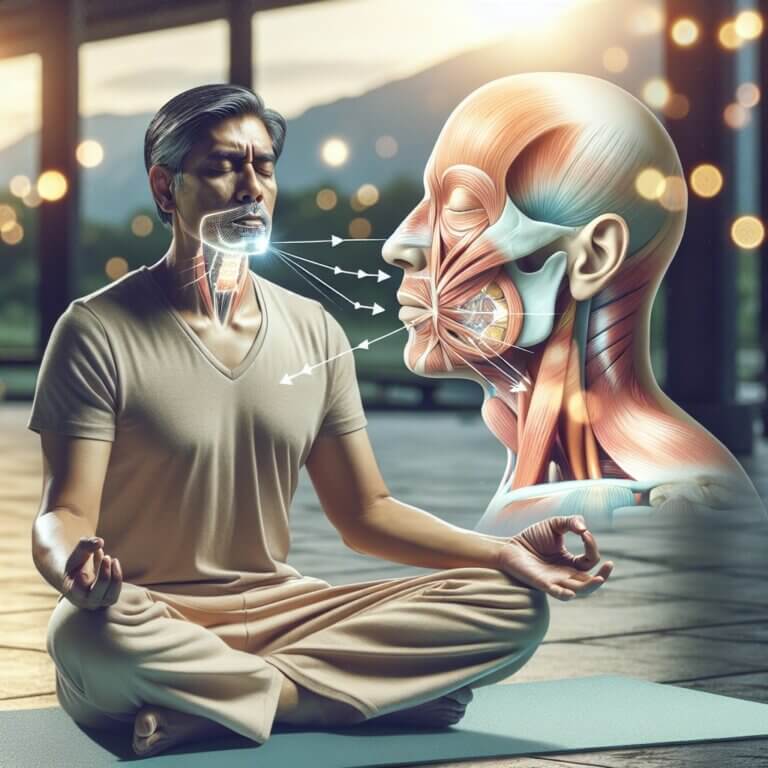My Mouth is Always Tight and Tense.
A tight jaw can be the source of a lot of pain, discomfort and dental issues down the road
We have touched on this subject before and discussed attempts and techniques to deal with the result of this issue. Today, I want to take some time to talk about possible prevention methods or even self-correction of the problem. The idea for this column came to me after seeing several patients in the last week who complained of this very issue.
Often, Patients come to me with complaints of a bad toothache along one side of their mouths.
They typically point to an area in front of their ear on the affected side, and pain is visible on their faces. Commonly, the patient is a female between the ages of twenty and forty. Although this is the most common group of people who experience this problem, it is not a function of age or gender.
The complaint can happen to anyone at any age.
Tight Jaw: When Your Toothache is Not A Tooth Problem
The toothache, their chief complaint, is not a tooth problem.
The discomfort that comes from that area of their mouth is related to the jaw mechanism and movement, which causes pain around the area of the jaw.
Tenseness leads to clenching or grinding that leads to pain or broken and fractured teeth.
I see and observe the result of this process and can only offer help to protect their teeth. I utilize protective devices that we call mouth guards, sometimes referred to as night guards, to protect the patient from their self-destructive habits.
Self-prevention Through Yoga
Today, I want to introduce and broach the subject of self-prevention through yoga techniques. When the word yoga is mentioned, an image is conjured up, turning ourselves into a pretzel. I can not dispute that poses such as that are utilized in yoga but staying with that thought does an injustice to the practice.
A significant component of yoga is movement and breathing to allow the body to relax. Yoga can be used to relieve tension and create an awareness of your body.
Tight jaw pain is often associated with stress and tension. Yoga uses relaxation techniques, such as deep breathing and meditation, to help reduce overall stress.
Following stress reduction is an alleviation of tension in the jaw muscles. Once the tension is released, the level of inflammation and irritation goes away along with the jaw pain.
Various yoga poses and exercises specifically target the jaw and surrounding muscles.
These may include gentle jaw stretches and movements to improve flexibility and release tension. I find that sitting in a chair and rotating my neck to each side, followed by tilting my head up and down, extends the range of motion of my neck muscles. I couple this with slow and deliberate breaths.
Those of us who stare at and work with our heads in one position for a long time are some of the best candidates for this type of gentle movement. So many people today stare at their smartphone, tablet, or computer all day long that stiffness and rigidity are a natural consequence.
Let Me Help You Achieve Relief
Does today’s subject sound like you? If so, please call us and let’s see if I can teach you to solve your own problem. Please call us at 440.951.7856 and ask Nicole to set up an exam for you. Often, the fix may be easier than you think. As always, I look forward to meeting you.
Jeffrey Gross, DDS, FAGD is an Ohio licensed general dentist and is on the staff of Case Western Reserve School of Dental Medicine.

